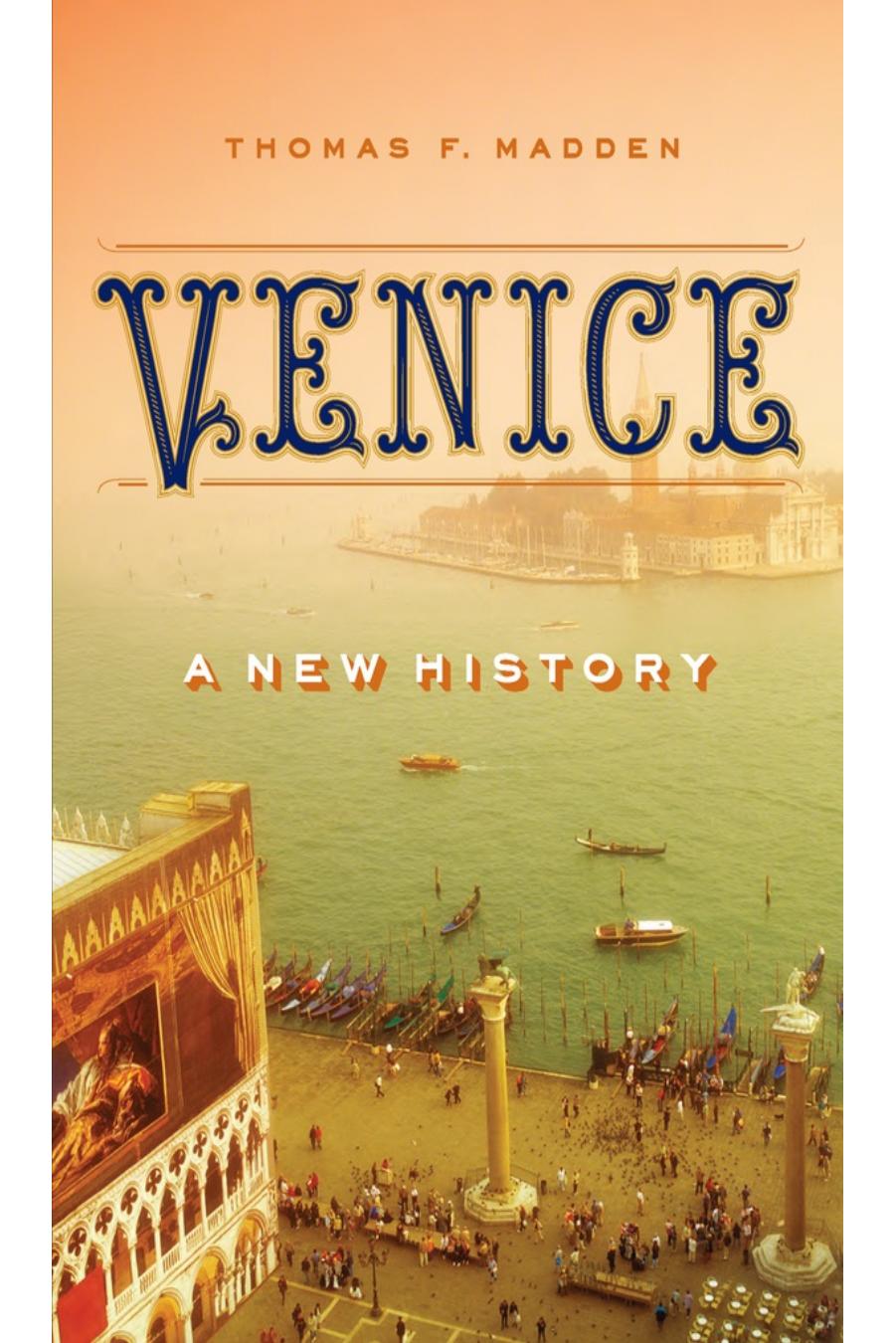Venice by Thomas F. Madden

Author:Thomas F. Madden
Language: eng
Format: epub, pdf
Publisher: Penguin Group US
Published: 2012-10-09T16:00:00+00:00
Within a month of signing the Treaty of Turin, the Venetian government awarded thirty commoner families permanent membership in the nobility. In part, this was a recognition of the extraordinary contributions that they had made toward the war effort. However, in so great a struggle as the War of Chioggia, virtually all Venetian citizens had made extraordinary efforts. What set these thirty families apart was their wealth. It cannot be stressed enough that the patrician nobility in Venice was not a static, landed gentry like that in most other places in the world. It was instead a large group of families with a right to serve as representatives of the “people of Venice” in the Great Council and to hold high offices in the government. Because Venice was a capitalist society based on international commerce and entrepreneurialism, it was natural that over time some family fortunes would rise while others would decline. Throughout their long history the Venetians had repeatedly made adjustments to membership in circles of power based on those fluctuations—whether it was the new families of the eleventh century who became the “good men” of the doge’s court or the families that gained admittance to the Great Council during the fourteenth-century Serrata. To make no adjustments would have produced dangerous imbalances whereby old yet financially weak families ruled over new economically powerful ones, a state of affairs no republic could endure. The War of Chioggia, therefore, provided an opportunity for the government to again co-opt those Venetians who were in the best position to help or, if excluded, to harm the Republic of St. Mark.
Of course, new arrivals into any elite group are often looked down upon, and the Venetians were no exception. Old families (many of whom had been new families only a few centuries earlier) referred to themselves as the longhi. These included stalwarts such as the Dandolos, Michiels, Zianis, Mastropieros, Morosinis, and Gradenigos. Researching and producing genealogies became popular in fifteenth-century Venice as noble families sought to link their distant ancestors with the first tribunes or other early settlers in the lagoon. In the sixteenth century Marco Barbaro produced his massive compendium of Venetian family genealogies, which laid out the real and sometimes imagined histories of Venice’s noble clans. Although the longhi did have impressive pedigrees, much of the early history that they now claimed was simply wishful thinking. The newer patrician families were known as the curti. It is sometimes said that relations between the longhi and the curti were poor, but there is little evidence of it; in fact, the two groups frequently intermarried and voted for each other in state elections. While the longhi may have enjoyed a certain prestige, it was often mitigated by their relative poverty and increasing dependence on government stipends to make ends meet. Given the natural rise and decline of family businesses based on commerce rather than agricultural estates, it is not surprising that the curti grew in power during the next few centuries—indeed, virtually all the subsequent doges were members of the curti.
Download
This site does not store any files on its server. We only index and link to content provided by other sites. Please contact the content providers to delete copyright contents if any and email us, we'll remove relevant links or contents immediately.
| Bahrain | Egypt |
| Iran | Iraq |
| Israel & Palestine | Jordan |
| Kuwait | Lebanon |
| Oman | Qatar |
| Saudi Arabia | Syria |
| Turkey | United Arab Emirates |
| Yemen |
Empire of the Sikhs by Patwant Singh(22975)
The Wind in My Hair by Masih Alinejad(5034)
Rise and Kill First by Ronen Bergman(4705)
The Templars by Dan Jones(4629)
The Rape of Nanking by Iris Chang(4139)
12 Strong by Doug Stanton(3509)
Blood and Sand by Alex Von Tunzelmann(3140)
Babylon's Ark by Lawrence Anthony(2622)
The History of Jihad: From Muhammad to ISIS by Spencer Robert(2572)
No Room for Small Dreams by Shimon Peres(2320)
The Turkish Psychedelic Explosion by Daniel Spicer(2314)
Inside the Middle East by Avi Melamed(2305)
Gideon's Spies: The Secret History of the Mossad by Gordon Thomas(2304)
Arabs by Eugene Rogan(2262)
The First Muslim The Story of Muhammad by Lesley Hazleton(2219)
Come, Tell Me How You Live by Mallowan Agatha Christie(2212)
Bus on Jaffa Road by Mike Kelly(2102)
Kabul 1841-42: Battle Story by Edmund Yorke(1986)
1453 by Roger Crowley(1965)
